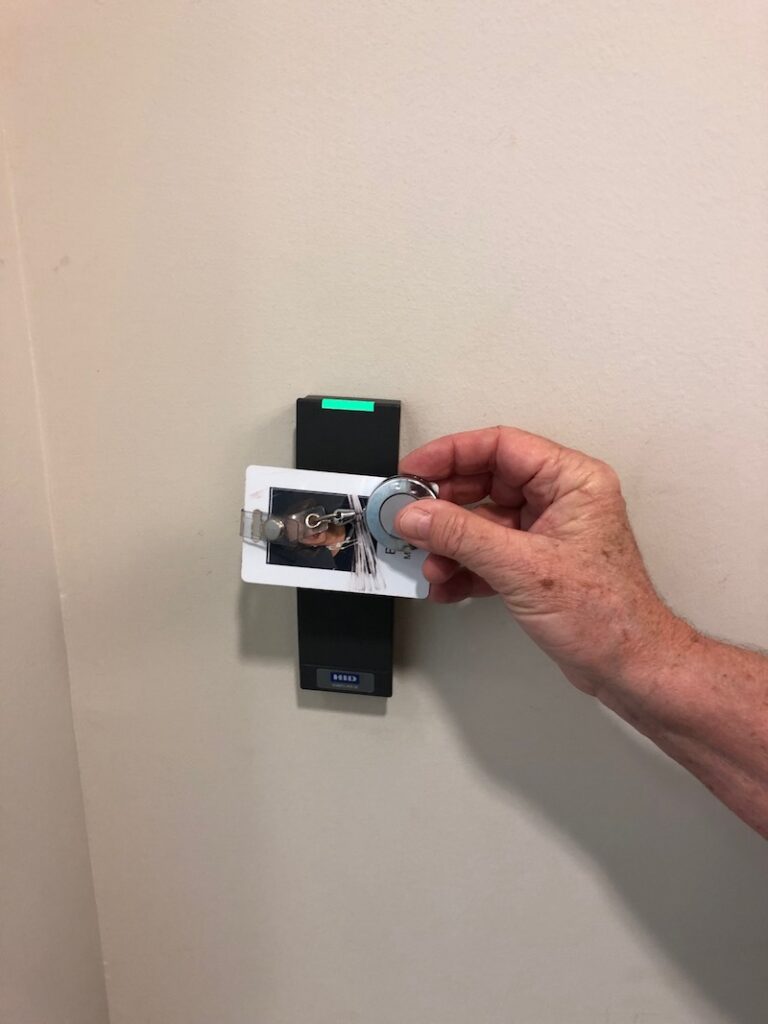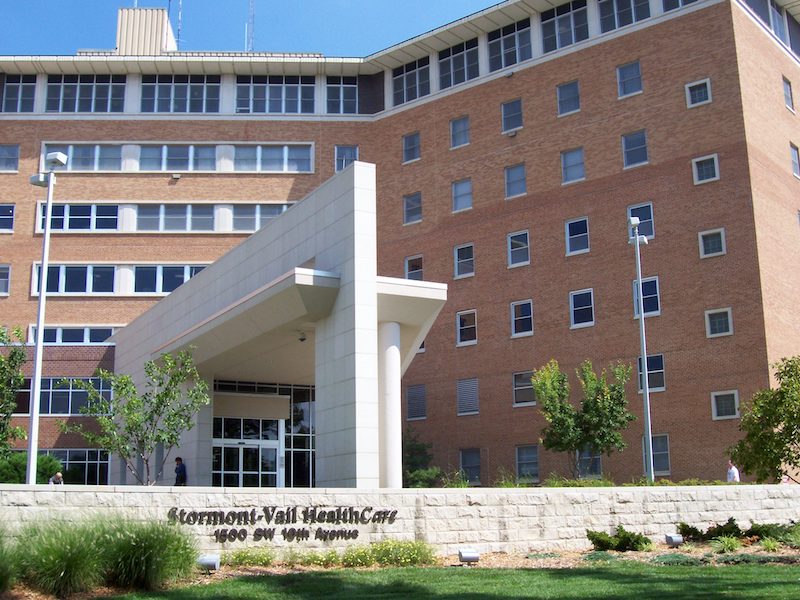Public buildings, such as government offices, libraries, museums, and schools, serve as central hubs for community activity. Ensuring these spaces are safe for employees, visitors, and assets is a top priority. Implementing comprehensive building security systems is no longer optional; it is a critical part of modern infrastructure planning. From surveillance to access control, public facilities rely on advanced security solutions to prevent incidents, respond to emergencies, and maintain a safe environment for everyone.
Why Building Security Systems Are Essential
Public buildings are often high-traffic areas, making them vulnerable to theft, vandalism, unauthorized access, and even potential threats to personal safety. Unlike private facilities, these locations must balance security measures with public accessibility. A well-designed building security system addresses these challenges by combining technology, procedures, and personnel strategies to create a secure environment without disrupting day-to-day operations.
In addition to physical security, public facilities face cybersecurity challenges. Many modern security systems are integrated with networks that store sensitive data, including employee records and surveillance footage. Protecting these digital assets is just as important as monitoring physical spaces.

Core Components of Modern Building Security Systems
A robust building security system is not one-size-fits-all. It typically includes a combination of the following components:
1. Video Surveillance
Video surveillance remains a cornerstone of public building security. Modern IP cameras provide high-definition video, night vision, and wide coverage areas, allowing security personnel to monitor activity in real time. Advanced systems include features such as motion detection, facial recognition, and AI-based analytics to identify unusual behavior. Surveillance systems not only deter criminal activity but also provide vital evidence if an incident occurs.
2. Access Control Systems
Access control systems help manage who can enter certain areas within a building. Public facilities often use badge readers, keypads, or biometric systems to restrict access to sensitive areas such as server rooms, administrative offices, or storage areas. Integrating access control with building security software allows administrators to track entries and exits, generate reports, and instantly revoke access when necessary.
3. Intrusion Detection and Alarm Systems
Intrusion detection systems (IDS) alert security personnel to unauthorized access attempts. Sensors placed on doors, windows, and other entry points trigger alarms in case of a breach. For public buildings, these systems are crucial for rapid response, helping to prevent theft or vandalism and ensuring the safety of employees and visitors.
4. Emergency Communication Systems
In addition to surveillance and access control, building security systems often include emergency communication tools such as public address systems, mass notification alerts, and panic buttons. These tools are essential for guiding occupants during emergencies, coordinating with first responders, and reducing chaos during critical situations.
5. Integration and Centralized Monitoring
Modern public building security relies on centralized monitoring platforms that combine video, access control, intrusion detection, and communication systems into a single interface. This integration allows security teams to respond faster, streamline reporting, and maintain comprehensive situational awareness across multiple locations.

Benefits of Upgrading to Advanced Building Security Systems
Investing in modern building security systems offers several tangible benefits:
- Enhanced Safety: Protects employees, visitors, and assets by preventing unauthorized access and mitigating risks.
- Operational Efficiency: Automated monitoring and reporting reduce the need for manual checks, allowing security personnel to focus on critical tasks.
- Deterrence: Visible security measures, such as cameras and badge readers, discourage criminal behavior.
- Compliance: Many public facilities must meet safety regulations; modern security systems help ensure compliance with legal and industry standards.
- Data and Analytics: Advanced systems provide actionable insights, helping administrators identify vulnerabilities and optimize security strategies.
Choosing the Right Building Security System
Selecting the right building security system depends on the building’s size, function, and specific security needs. Working with an experienced security integrator ensures that technology, personnel, and procedures are aligned to provide maximum protection. From installing state-of-the-art cameras to configuring access control and alarm systems, professionals can design a comprehensive security plan tailored to public buildings.
Conclusion
Public buildings are essential spaces that must balance openness with safety. Implementing comprehensive building security systems ensures these facilities remain secure while maintaining accessibility for the community. By combining surveillance, access control, intrusion detection, and emergency communication, public facilities can protect people, property, and data. In today’s increasingly complex security landscape, investing in advanced building security systems is a proactive step toward a safer, more secure public environment.